
This is homemade that makes sense. I buy a lot of wood stain, and in general, it isn't very cheap. With this DIY project, you can save a ton of money, and have the satisfaction of creating something useful.
How Does It Work?
The chemical formula is: 4Fe + 3O2 = 2Fe2O3
Clears things right up doesn't it....maybe not?
That reddish-brown crud we call "rust" is all around us, yet we probably rarely think much about it. It turns out what we call rust is a chemical process that combines iron (Fe) and oxygen (O) to form iron oxide."
Blog
During this reaction the iron atoms are passing electrons to the oxygen atoms, a transfer that is called oxidation. In the process the atoms are bound together forming rust.
When rust and vinegar react with the tannins in the wood they create the color or shade we see similar to stain.
Fun Fact: Tannins or Tannic Acid is also responsible for making wine, which is why wine is created in wood barrels!
What You'll Need
1. Gather Ingredients
Just a few tips...
Use white vinegar. Although, using balsamic or red cider vinegar will give you a darker stain, varying rest times makes white vinegar the most versatile. Essentially, if you let your stain mixture rest longer you can achieve the same shade as with other types of vinegars.
Make sure you get fine or extra fine steel wool (not SOS pads). This helps the steel wool to break down quicker.
Ensure whatever type of jar you use has a sealable lid. Vinegar has a strong odor.
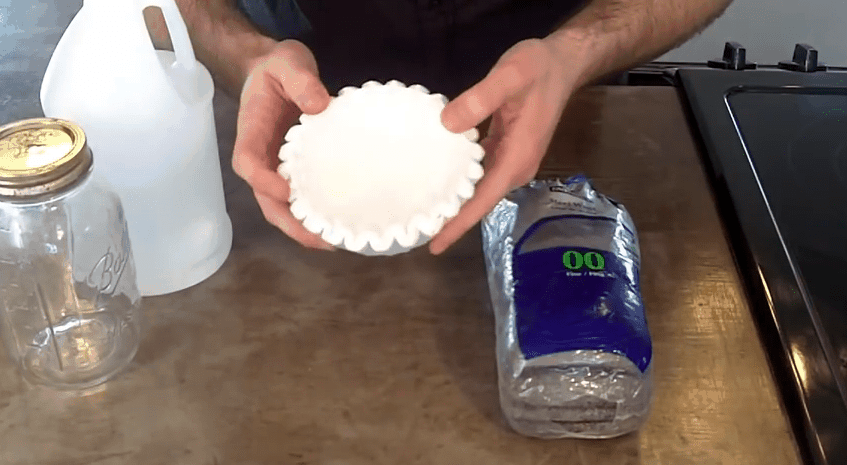
2. Measure Vinegar
Using a measuring cup, pour two cups of vinegar into the mason jar. Keep in mind, this isn't an exact science, so play around with different measurements and ratios to get your desired stain.
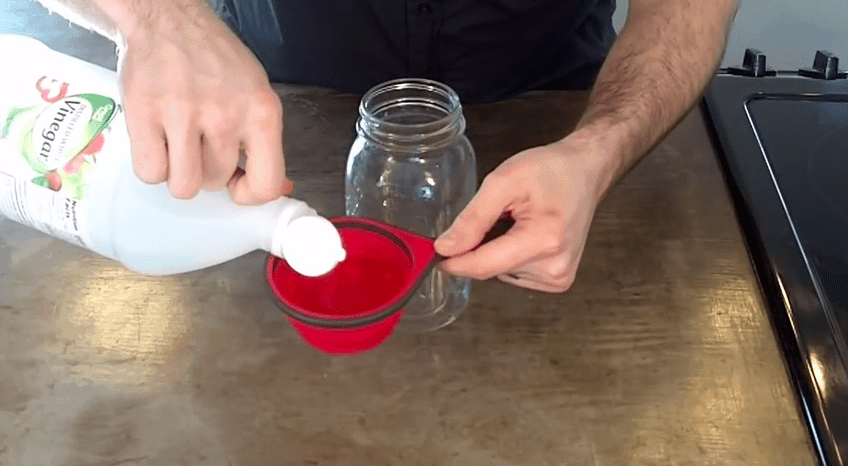
3. Insert Steel Wool
Remove 1 steel wool pad from the package and begin tearing it apart (approximately 8 pieces), placing the pieces into the mason jar.
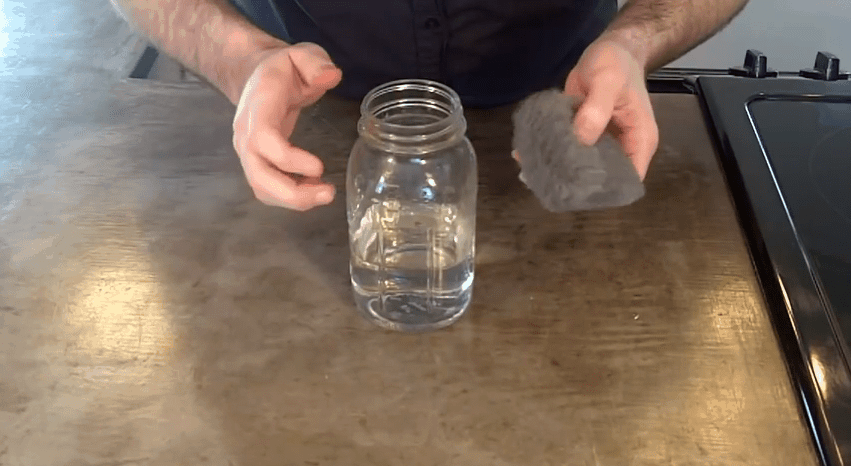
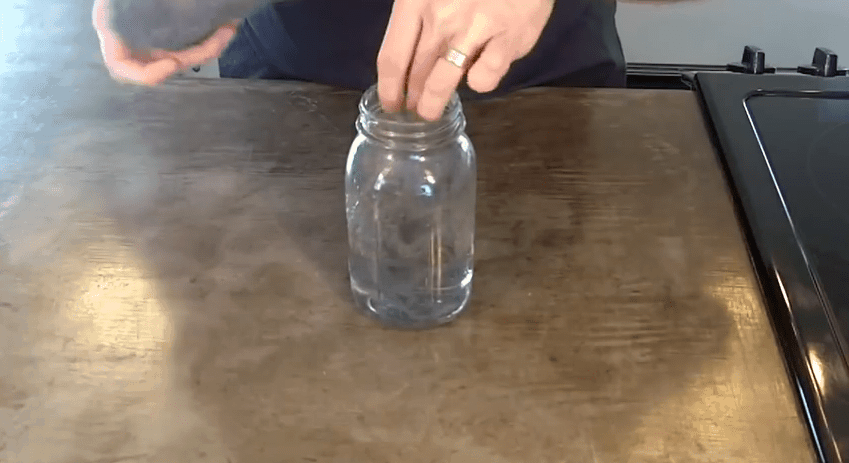
4. Let It Rest
It's time for the steel wool to begin the breaking down process in the vinegar. Patience...
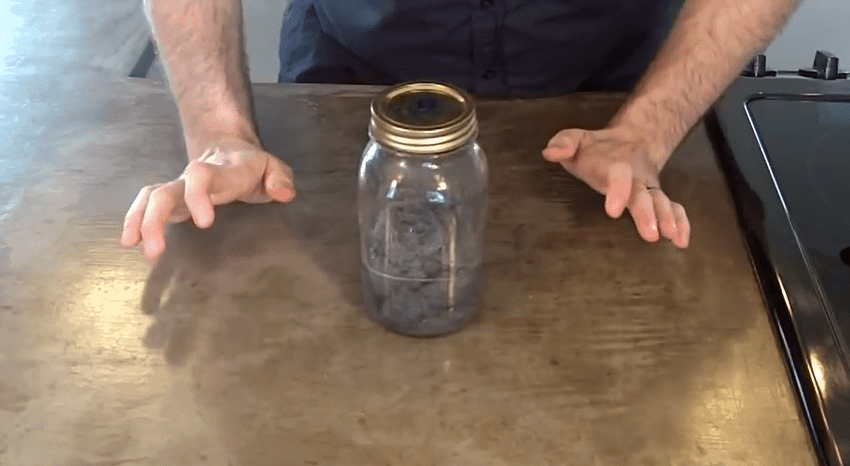
5. Determine Rest Time
The awesome thing about making your own steel wool stain is the wide variety of shades you can achieve by varying the rest time.
Essentially, as the steel wool soaks in the vinegar, it begins to break down into rust. The longer you wait, the more pronounced the rust will become in the shade of your stain.
The shades will vary from a light grey to a rich brown.
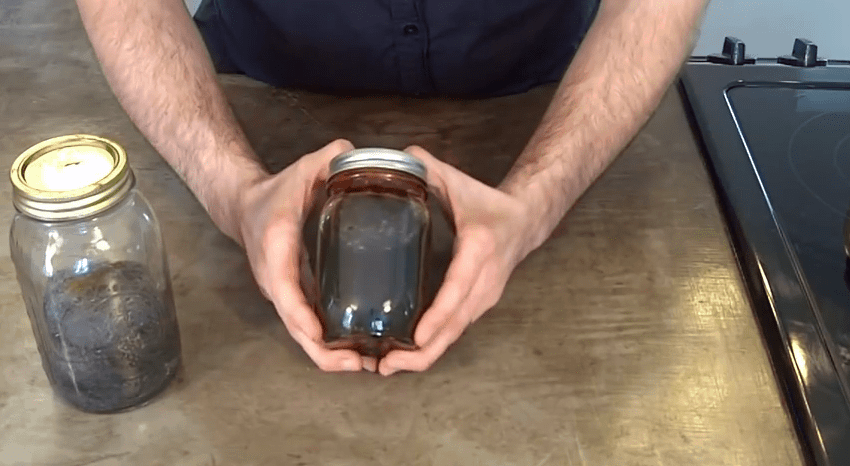
Here is an example of using only half the steel wool pad. In comparison, the stains will have a subtle transparency, as opposed to a full bodied color.
Depending on the rest time you might need to sift out leftover steel wool particles using the some coffee filters.
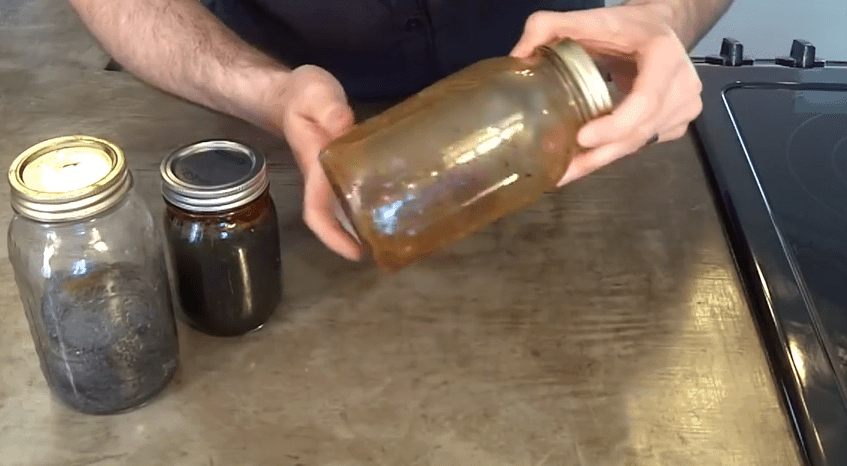
6. Apply Stain
The stain will go on clear at first. Just make sure you get maximum coverage.
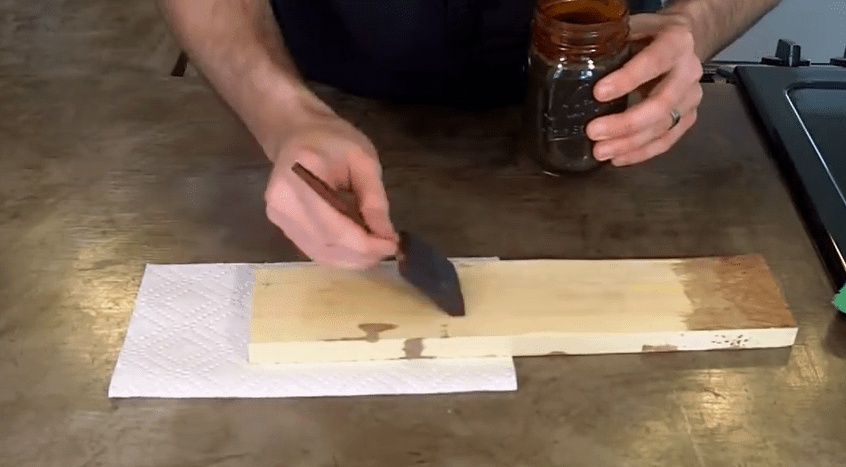
As you can see the clear application turns into a very visible shade after it dries.
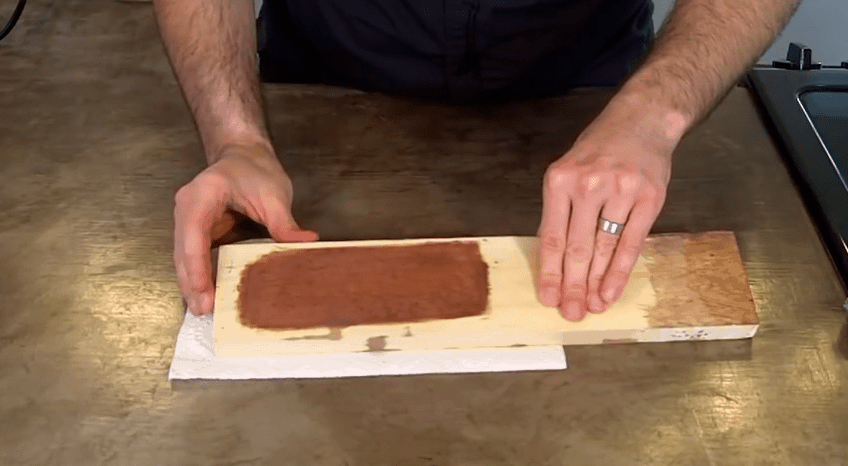
Reference the examples below for different color variations based on how long the steel wool breaks down in the vinegar.
For instance, wait only 12 hours for the "driftwood" or weathered look, or a few weeks for a much darker "walnut" shade.
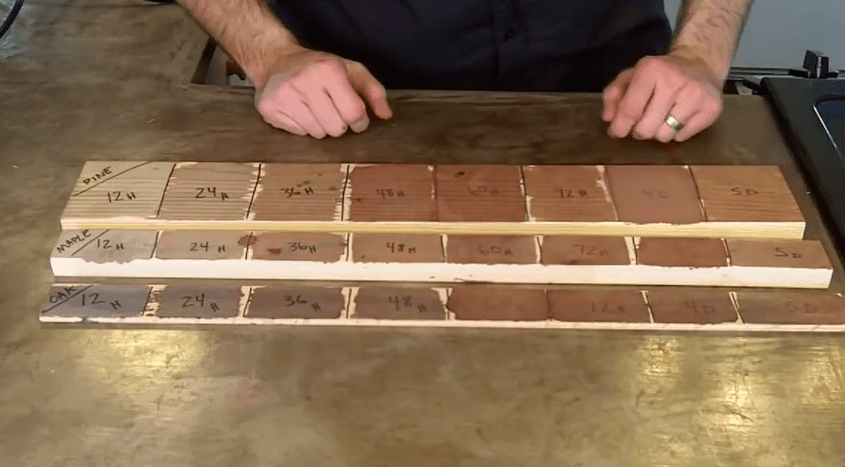
I made a comparison chart (in hours) below.

The cool thing about this stain is that it basically dries similar to water. It only takes a few minutes. The smell will go away in a few hours as well. Naturally, adding polyurethane will seal the stain and protect the wood.
Give it a try, and as always, have fun!
Watch the full tutorial from Mr. DIY Dork.


Loved how this worked. However, I splattered it on the side of our trailer by accident with the brush and Im wondering if there is a solution to get that off.
Thanks
I tried this and it turned out really great. I was wondering if there is a way to lighten the shade. I left it go too long and it is darker than I would like.